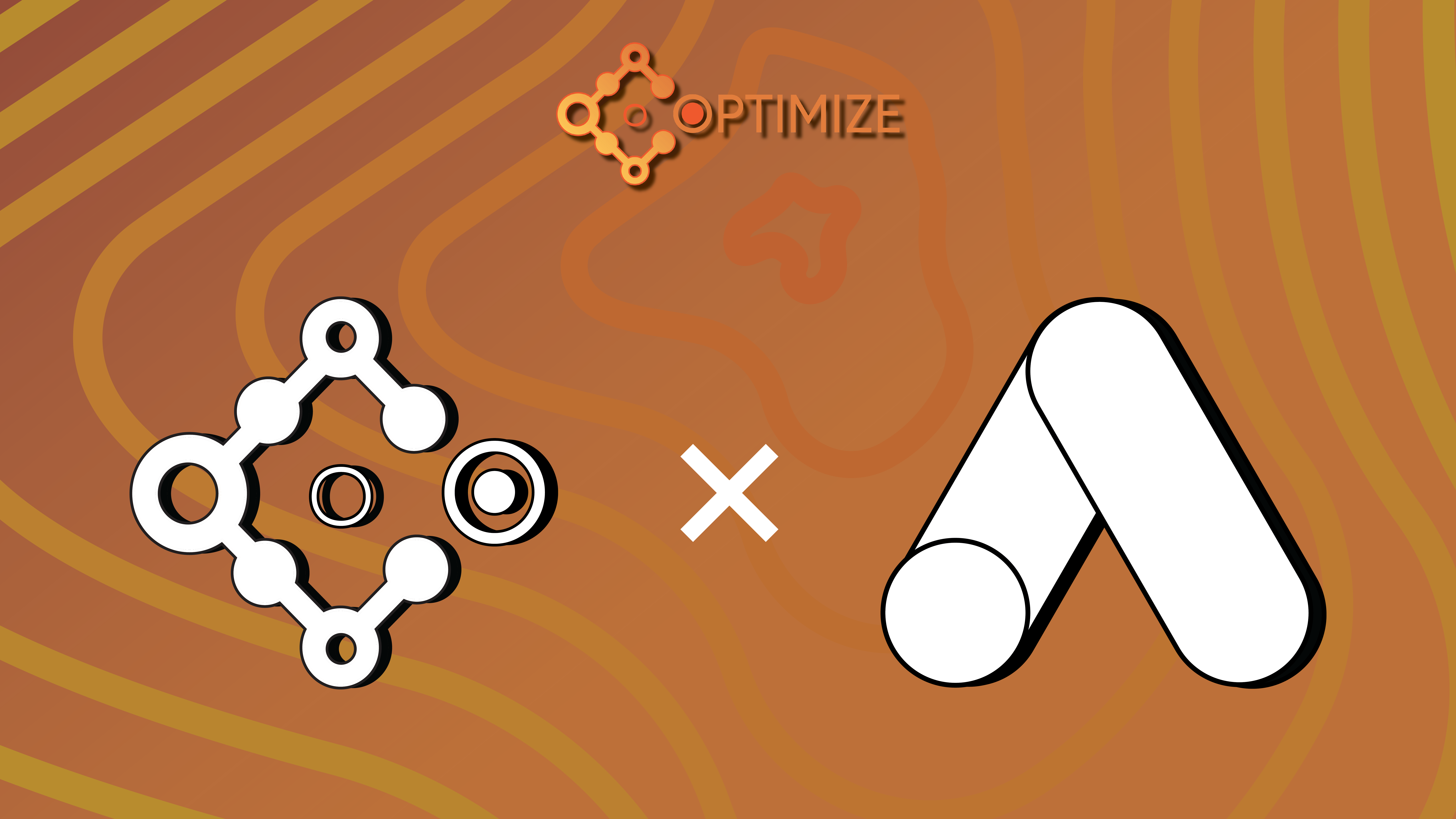The Complete Guide to Marketing Optimization
Getting Started With Marketing Optimization efforts
Alright, so you have a marketing campaign that is driving net new customers to your business every month - but you aren't satisfied. Good. You have come to the right place. Optimizing your marketing is the best thing you can do to increase the number of new sales and revenue your business drives. So what is marketing optimization?
Put simply, it is using digital marketing best practices to enhance the overall effectiveness of your marketing campaigns. Some examples of optimizations could look like testing different bidding strategies, creative, copy, calls to action, audiences, and the list goes on. But now that you understand what digital marketing optimization really could look like, let's discuss why using data is crucial.

Take Advantage of Data and Analytics tools
Not that long ago, marketing specialists would sit around a table and essentially guess at why they thought content marketing was working and what wasn't. When print advertising and radio ads dominated the marketing sphere, it was impossible to tell what did and did not work.
It wasn't until the dawn of the internet, that analytics and digital marketing optimization start to occur. Tools like Google Analytics to measure your website traffic and Google Search Console to track what your visitors are actually typing in to find your website has changed how marketers optimize their campaigns. With digital optimization and analytics tools, marketers and business owners have tangible evidence to move forward with their marketing ideas. So how can these tools be manipulated so that marketers in your company can optimize your marketing?
Refining and Automating
The largest part of refining your digital marketing strategy starts with understanding the key metrics that affect your company's overall revenue. For example, inside of Google Analytics there are metrics like average time on page, pages per session, and conversion rates. Let's say that your company wants more form submissions for their new lead magnet.
The best place to start refining your marketing optimization efforts is by checking the current conversion rates. Then, digging deeper, you can use behavioral metrics like average time on page to hypothesize as to why conversion rates may be lower than expected. Last, by using these two metrics, you can come up with a plan to increase 1 or both of them by setting up an AB test.
This is an automated form of a marketing optimization process that allows you to test two or more variants and uncover which one actually improves performance metrics.

Research your target audience
Let's not get ahead of ourselves! Yes, diving into metrics and understanding how marketing works is key - but let's not forget about your end user. Yes, the people that actually want to buy from you. It's imperative to understand their wants and needs ahead of time.
We may have a great hypothesis as to how we can optimize our marketing efforts, but if it doesn't make any sense for our end user, then we should go back to the drawing board. So before we go any further into enhancing ourselves, always keep you customer journey in mind.
Campaign Optimization Analytics
Alright getting back into the thick of it, in this section we are going to list out 7 of the analytics that all digital marketing efforts you should include to optimize your marketing strategy.
- Impressions
- Clicks
- CTR (Click thru rate)
- Conversions
- Conversion rates
- Average Time on Page
- Average Pages Per Session
These analytics are key to understanding the native performance metrics on key platforms such as Google Analytics and Google Ads. They are needed to make adjustments and hypothesize what can be improved. I like to use tools like Databox to track all of these key metrics in a simple to use dashboard that I can refer to whenever I want to check my performance.

Essential Elements of Marketing Optimization process
I am going to break down the essential way we optimize our marketing efforts. This process is battled tested and has worked time and time again for us. So sit back, relax, and take notes.
Let's set the stage with a hypothetical situation. Pretend that we are performing marketing optimization on our business to business software client. They sell enterprise software and are trying to increase the number of leads they achieve through form submissions. After running ads for 30 days, they have data on how their landing pages have performed, heatmaps to see what users are clicking on, and analytics on user behavior. Let's get started.
- Starting out, I would check Google Analytics to get a baseline of what their old conversion rates and average time on page was before we started working with them. I would do this by simply checking the acquisition report and the behavior reports inside of Google Analytics 4. Now that this has been done, I have a baseline to see how our marketing strategy performed with previous data metrics.
- Next, I would review qualitative data from a software called Hotjar. I would review heat maps of the landing pages and review what was clicked, scroll depth, and click paths. From this data, I would try to predict what users were most interested in - and tie these insights back to the quantitative data from step 1.
- Third, I would hypothesize how improving an individual section of the website or marketing strategy could influence greater qualified leads and form submissions. This could be in the form of a landing page AB test or a marketing campaign creative test.
- Last, armed with this hypothesis, I would use a landing page AB test tool like FigPi to create this AB test. I would ensure that conversion tracking was properly setup so that an outcome could be determined in the next 2 weeks.

Use data and analytics
At this point, all that is left to do is to monitor the campaign optimization process and continue hypothesizing new strategies for the next set of tests. Set up triggers and notifications in your platforms to send you updates when tests are statistically significant or when new leads come through. These will be good indicators of how your marketing strategy is performing.
Why is Marketing Optimization Important?
Marketing optimization will improve performance and enhance your advertising spend. When you spend money on ads, don't you want the most out of those advertising dollars? I'm assuming you do. So have a marketing strategy in place to optimize your campaigns.
Marketing Optimization in a Data Dense Digital Age
With the amount of marketing data now at your fingertips, it can get very confusing on what data you should be tracking. We recommend sticking to the 7 basic metrics we listed above. If those 7 seem like too much to handle, remember that even just tracking 1 stat, let's say conversion rate, will put you in a better position and well on your way to improved marketing strategy.

Boost your SEO
Since we have discussed website optimization, let's talk about SEO. This is where Google Search Console (GSC) comes in. GSC is responsible for tracking everything that goes in and comes out of the Google search. So tracking your performance inside of this platform is crucial. Some key things to keep in mind with Google Search engine optimization are these:
- Track your Google search performance early and often. This can be done in the performance tab.
- Compare your performance to earlier time periods. The best way to see if you are improving your marketing optimization is to benchmark data.
- Act on your data. Within the performance tab, you can see where you rank in the Google search for important terms. Improve performance by writing blogs around those keywords. By doing this, you will be increasing your landing page optimization and overall search engine optimization.

Use the Internet to Brand Your Business
Another form of search engines is micro SEO or local SEO. Inside of Google, this is identified as Google My Business. Essentially, a Google My Business profile will help you show up higher in Google search engines if you someone is searching for a local service offering. So use this to your advantage. The easiest way to increase your local SEO rankings is to solicit reviews from your current and past customers. These reviews act as votes of confidence and help increase your search engine ranking. This is crucial to increasing your organic marketing strategy.
Alter your messages to make the best use of various platforms
Social media marketing efforts are crucial for marketing optimization. . Social media marketing platforms are essentially extensions of your website. What makes them unique are the people on each platform. Since different people are on each platform, it is important to alter the message on these platforms and speak directly to the customers that will be there. For example, on LinkedIn, it's important to use a professional tone, while on Instagram you should use a more relaxed tone. Optimize by understanding the target audience you are talking too.

Digital Marketing Optimization Tools
There are numerous marketing optimization automation tools that differ greatly based on the platform you're testing. Below are a few for websites:
- Optimizely
- AB Tasty
- VWO
Next, are a few for overall data review:
- Databox
- Google Data Studio (Looker Studio)
- Google Analytics 360
Here are a few for Social media marketing:
- Mention
- Buffer
- SproutSocial
Last, are a few for Search engine ranking:
- SEMrush
- Ahrefs
- MOZ
Use these tools properly to optimize your marketing strategy.
Optimizing Multiple Channels
Simply put, if you want to see the highest return from your marketing strategy then you must optimize all of your channels. This includes your marketing campaigns, social media, as well as your organic listings. Using the tools above and the website optimization template provided you will be well on your way to doing this.

Paid Search Optimization
One platform we haven't discussed yet is online advertising. These kinds of ads are simple. They show up when a keyword you want to rank for is searched. When it is clicked you are charge a few dollars. Smart marketers mark sure that where this ad leads is optimized. Paid search optimization comes in two forms.
- Campaign optimization process
- Website optimization
Since we have already discussed websites at length, let's discuss campaigns. Some of the best ways to improve campaigns is to test bidding strategies and ad text. These two will greatly increase your optimization. Gather data on how these bidding strategies work by running experiments inside of the advertising platforms. By collecting data, it will be come obvious what you need to test next to try and increase your KPIs.

Google Analytics alone will not show you the whole picture
That's right, don't ever rely solely on one platform. There are numerous others that give more kinds own types of data. The more data you have at your fingertips, the better off your marketing campaigns will become.
Incorporate metrics from the start
In marketing campaign optimization, we like to view the whole process as a funnel. At the top, you have potential customers, and at the bottom you have your desired results. Having metrics for each part of the funnel is important because each part has different needs.

Collecting and Analyzing Marketing Data
After data has been collected, then it is time to identify areas of improvement making adjustments. By collecting different kinds of data from the campaigns then you make adjustments that will ultimately drive sales.
How can you measure marketing performance?
The fastest way to measure if what you are doing is working, is to spend money sending your target market to your website. If they become loyal customers then you know what you did worked. If not, then reassess and try different strategies.

How to Optimize Multi-Channel Marketing from One Dashboard
Using Databox, referenced above, we recommend combining metrics from various platforms into one dashboard so you can quickly check if what you are doing is working or not. By having all of the tool's metrics side by side in the dashboard, then you can see weak spots and know where to fix.
Marketing optimization is extremely time consuming
Digital optimization is very time consuming and it usually takes many digital marketers to do. It involves ad campaigns, a marketing budget, social media, and a good understanding of the digital marketing lifecycle. Good digital marketing strategies require intense digital optimization and for that reason, we always recommend working with an experienced digital marketing team to help you reach your goals.

Data fragmentation is the single greatest barrier to creating a comprehensive, holistic process
As mentioned earlier, don't rely only on one platform. Try to tie all of your digital optimization tools data together so you can efficiently collect data and improve your digital optimization. Your marketing mix has all the tools required to enhance your social media. Watch out for this barrier when optimizing.
Return on ad spend (ROAS)
Ultimately, everything your digital marketing efforts are doing is in an effort to increase your ROAS. A sound digital marketing strategy will improve campaign performance and hit your target audience of customers. Spending money is part of this process. It is all about how you can make that money back and then some.
What you need is a tool that will Optimize Digital Marketing Optimization
Currently, there isn't one singular tool out there that will enhance all of your digital marketing strategy - however a team like ours can help you get there.











